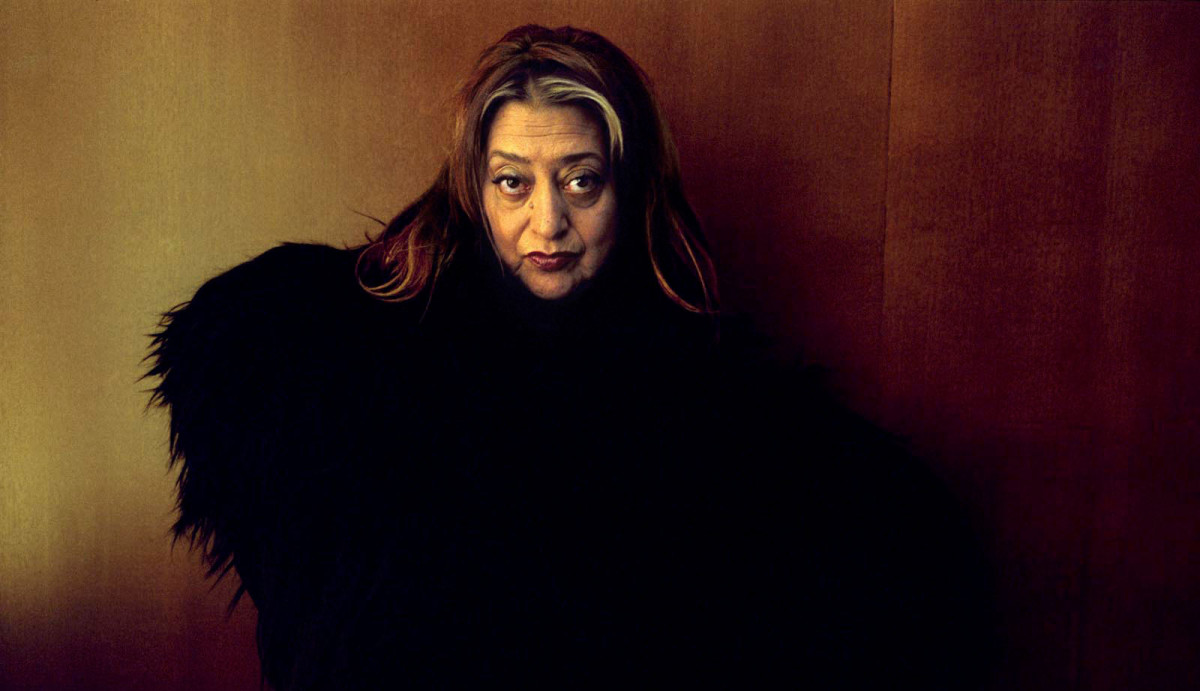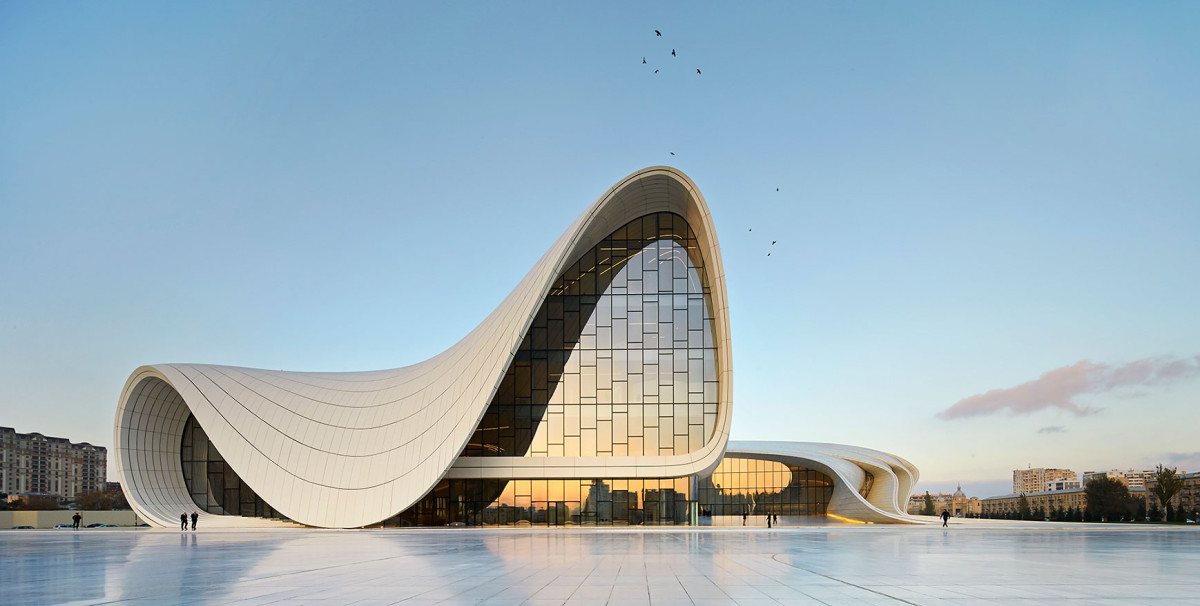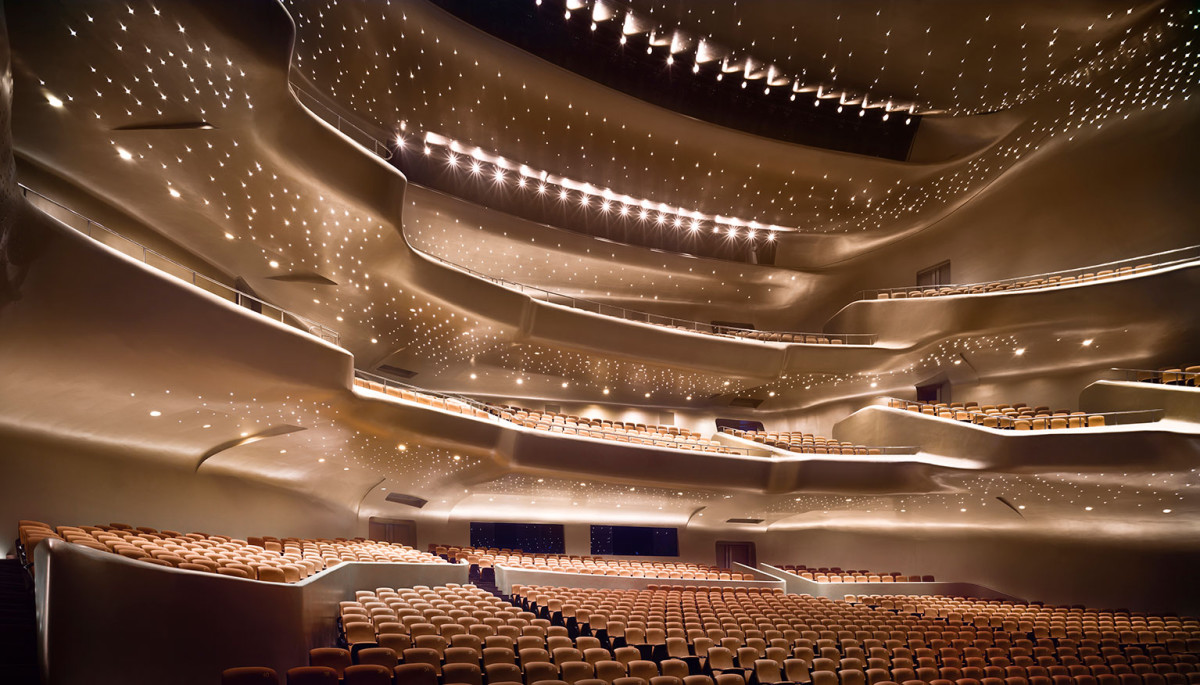Remembering Zaha Hadid: Queen of the Curve, Fearless Feminist
Something Curated takes a look at the late Dame Zaha Hadid’s long-lasting influence on the world of architecture and design as well as highlighting her contributions left upon London.

An Untimely Passing
On the 31st of March 2016, Zaha Hadid died unexpectedly of a heart attack while in Miami. The sunny city, home to countless celebrities – almost as many of them buildings as people – was also a part-time home for the all-star architect, and where she was overseeing a number of developing projects. A typical narrative, as Zaha was always running from one project to the next and one city to another, with 36 projects under development in 21 countries at the time of her untimely passing. Her work had the capacity to move and excite the public at large, not simply the architects and designers among it. Zaha’s buildings possessed a type of kinetic energy that was as coaxing as it was satisfying: they promoted a type of curiousity and a clear sensibility that nonetheless appears effortless. Even when standing next to one, her buildings feel far away: inspired by some unknown source, always dream-like and slightly unbelievable. Her buildings exist at the precipice of the hardly imaginable, because they were always just barely buildable.

Hadid’s Early Career
As a student of the AA in the late 70s, Zaha was producing sketches that challenged the very definition of what a building was, and what it could (or couldn’t) do. Zaha was at once all the way there, her signature curves and glossy facades primed and ready. But technology, and society, were not yet ready for the boldness of her boundless imagination. It wasn’t until the early 90s that Zaha’s dreams first stretched beyond models, drawings, and paintings to enter the built world in the form of the Vitra Fire Station in Germany. Here, though, the fierceness of her personality, which later melted into a signature cool (at least where architectural style was concerned) was on full display in this deconstructivist building: its angular concrete slabs, razor-sharp voids, and soaring planes thrust upward by metal rods all mark the impact her vision would soon have upon the world of architecture.

Breaking the Mould
Despite the criticism her “impossible buildings” garnered from her contemporaries, it was not long before Zaha made a name for herself, winning high-profile cultural commissions whose end results became closer and closer to their original vision thanks to a rapidly advancing technology. Social convention and the absurd restrictions placed upon females in the architecture world, especially those of non-western descent, was not so quick to budge. Though Zaha was recognized through various formal annointments by her British environ (her hundreds-full architecture studio is based in London) – such as her induction into the Order of the British Empire by Queen Elizabeth in 2012, and her admittance to the Royal Academy in 2005 – she may be best remembered, and most dearly missed, for the work she did to carve out and claim a space in the male-dominated world of starchitects. Zaha became the first female (and Muslim) to win the Pritzker Prize in 2004: a recognition oft compared to architecture’s version of the Nobel Prize, and received the RIBA Stirling Prize in both 2010 and 2011. She also broke a 167-year history this year as the first female recipient (without a male partner) 2016 recipient of the Royal Gold Medal for architecture.

Her Cultural Footprint
In her home town of Baghdad and the Arab world at large, the way she moved through the world and the change she left in her wake was a source of hope and inspiration. Zaha stood for a less hostile and constricting, less prejudiced and more equitable world for working women everywhere, not just those in architecture. It was also her dauntlessness in speaking about and against this social and cultural barrier that made her such an icon. She was not shy to address the backwards conditions and blatant discrimination of the architecture world through sharing her own experiences of it; Zaha is known for literally walking away from interviews within which she felt she was being misinterpreted, coaxed or manipulated by the interviewer. And while she called London her home and built some iconic structures within it such as the Olympics Aquatic Centre (2012) and the Evelyn Grace Academy (2010), the scale of her works in England’s capital is considerably smaller and sparser than other starchitects of the same caliber. Instead, Zaha’s main projects have taken up roost in Asia, the US and continental Europe. Zaha has expressed her criticisms with London’s architectural status quo, suggesting in a talk given last October at the Serpentine Sackler Pavilion, which her team had built in 2013, that London has produced no inspiring cultural buildings in the past decade (with the exception of Herzog & De Meuron’s renovation of the Tate Modern, which doesn’t count as a new building, according to Zaha.)
